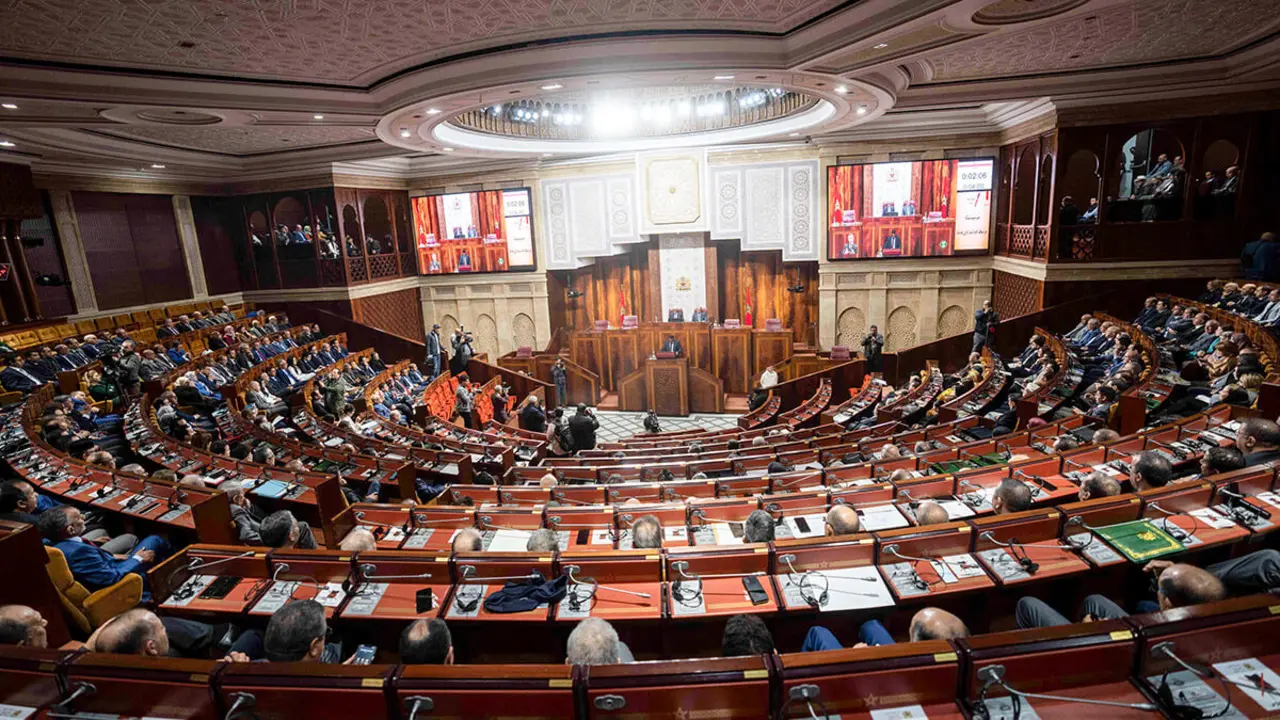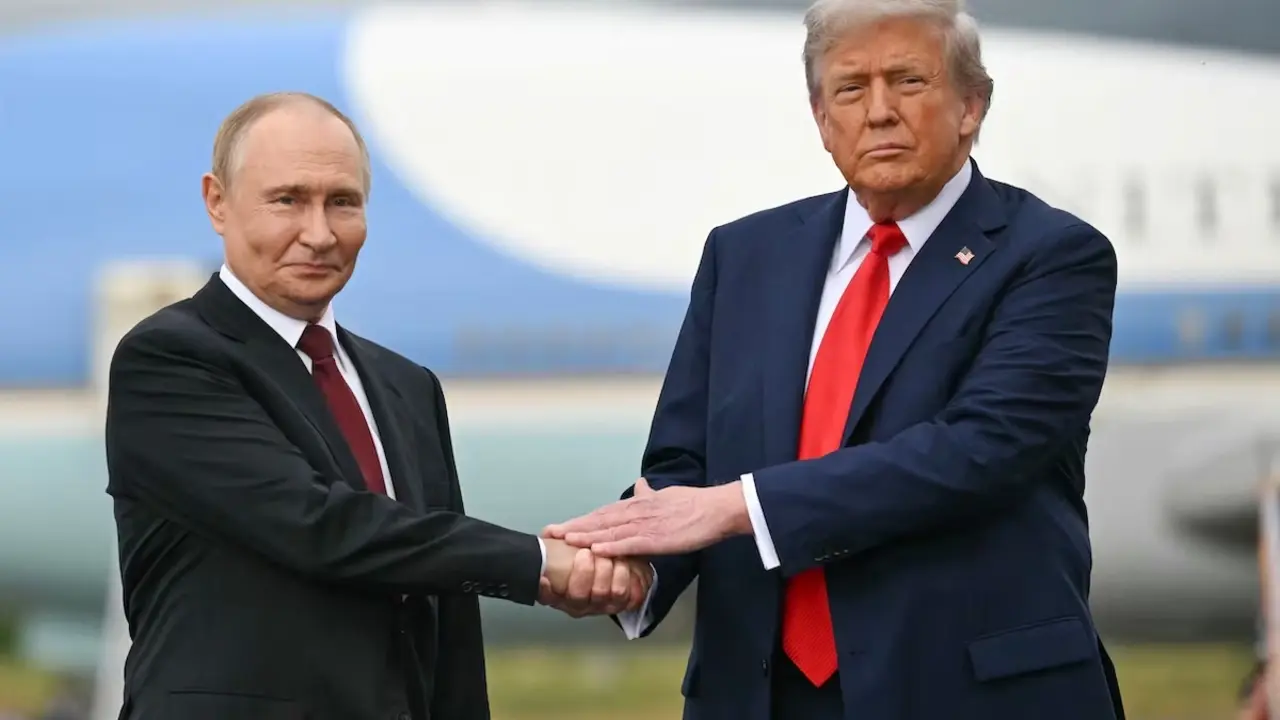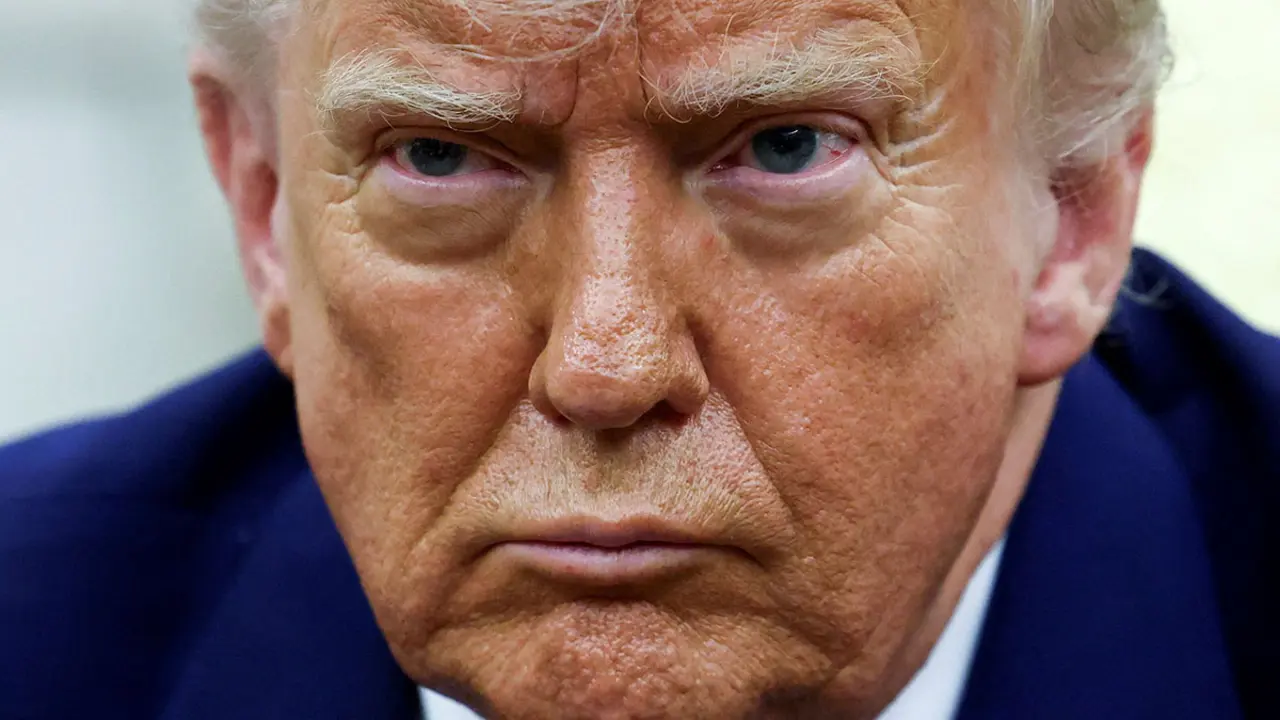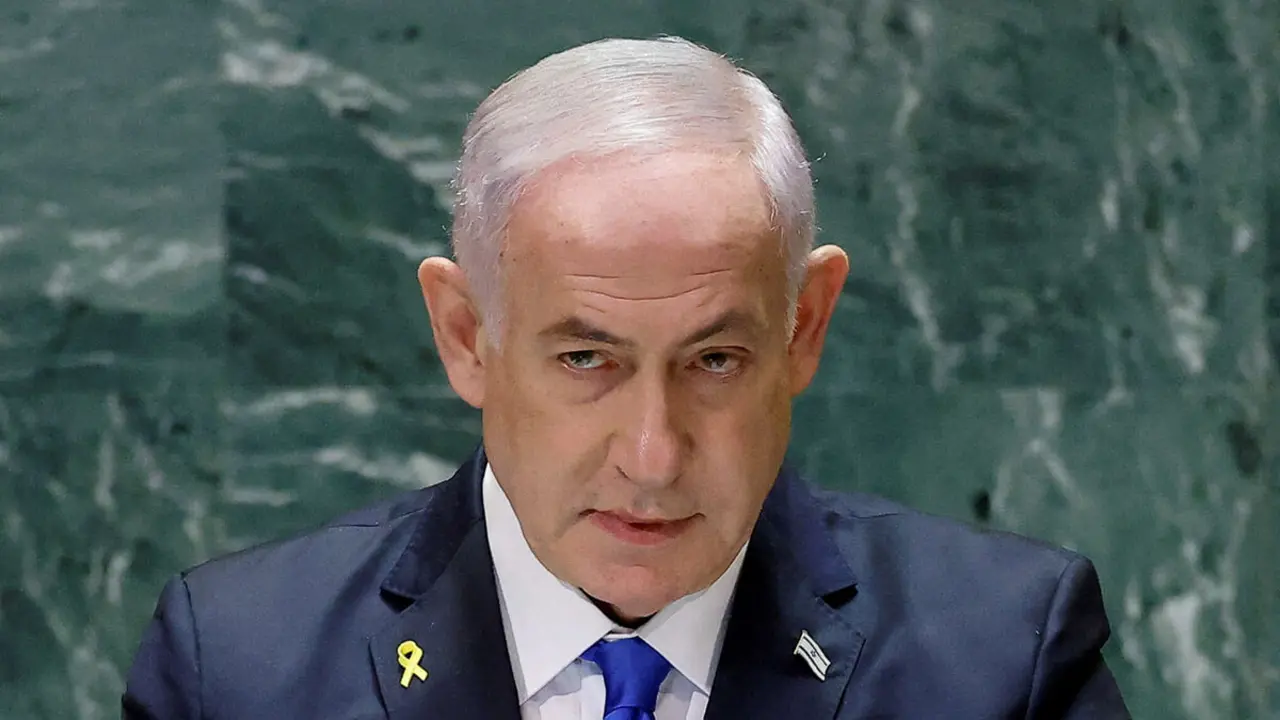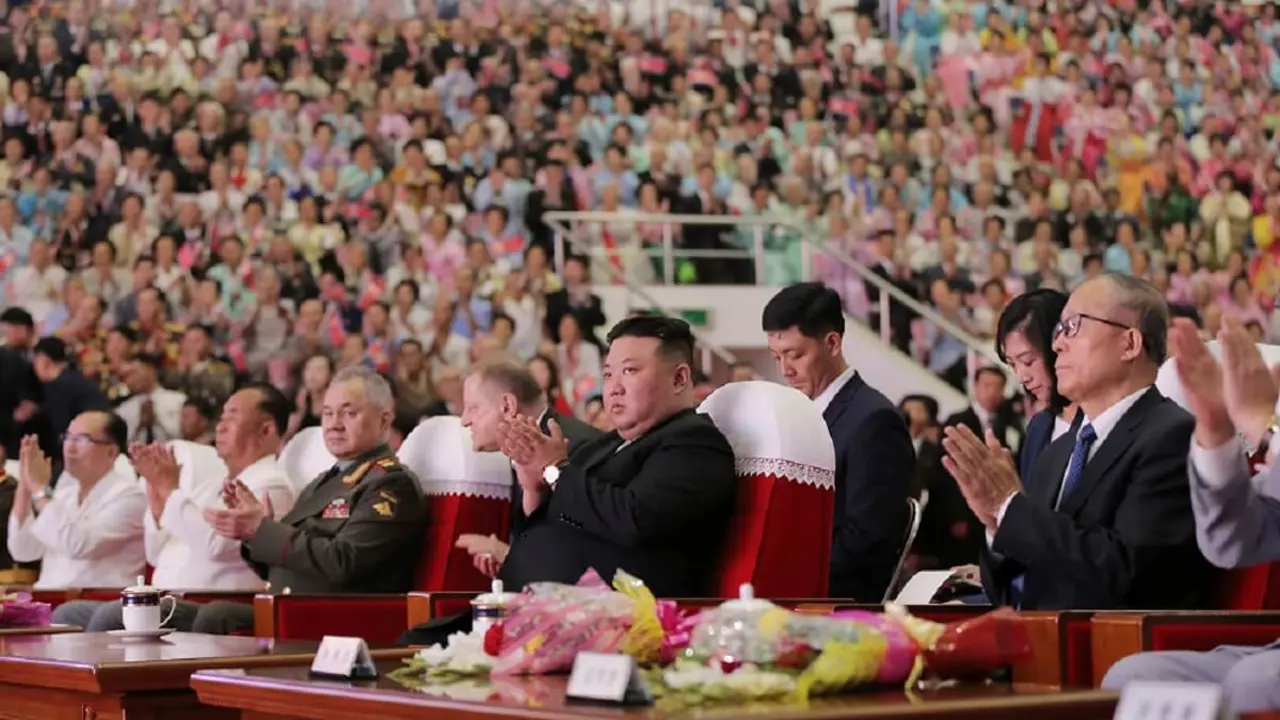Russia takes Iraq's biggest oil find in 20 years

In line with China's strategy of economically supporting states with seemingly unlimited energy resources, Russia has allied with the Asian giant to provide Iraq with infrastructure in exchange for the acquisition of crude oil at very low cost. At the same time, this manoeuvre by the Moscow-Beijing axis significantly distances the West's power over the resources of the region comprising Iraq, Kurdistan, Syria and, ultimately, Iran.
The Eridu field, located some 120 kilometres to the west and close to the main oil export route from Basra to the important Nasiriyah oil fields, is the largest Iraqi find in the last 20 years. The result of this discovery is part of the research, exploration and development of Field 10.
By taking control of the Eridu oil field, Russia and China hope to hasten the end of Western hegemony in the region and consolidate their positions as major players in the global energy market.
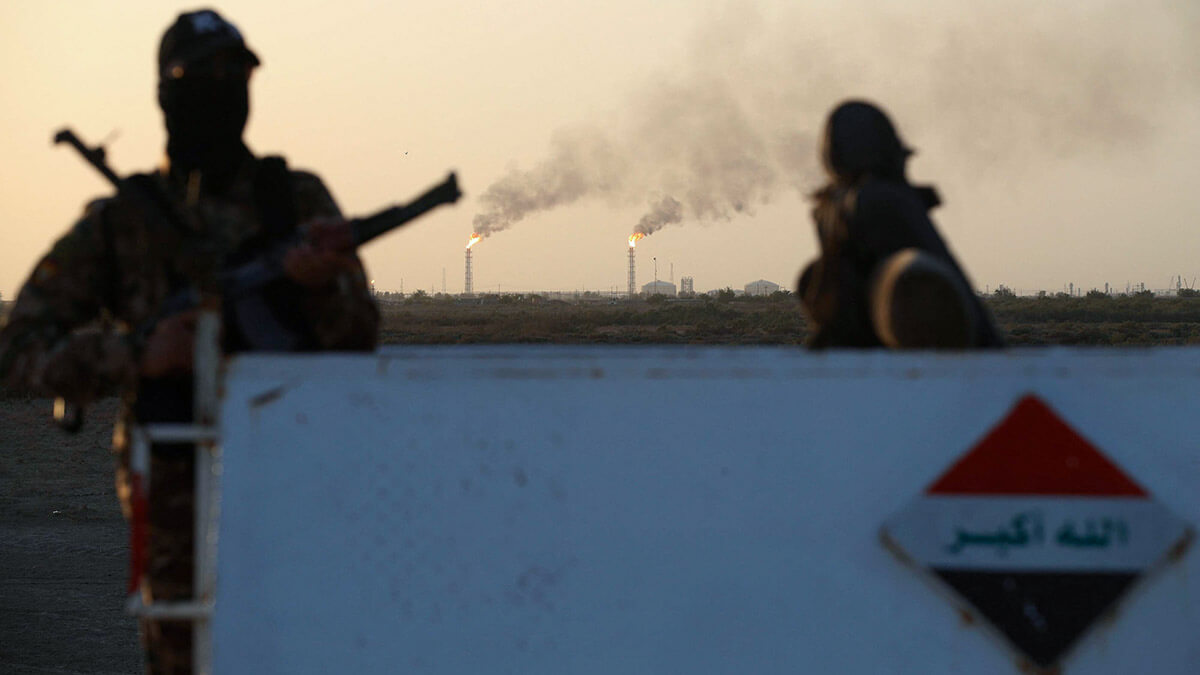
To achieve this goal, Russia's Lukoil is prepared to take full control of the oil region. This comes after Japan's Inpex decided to sell its 40% stake in Block 10, paving the way for Lukoil's dominance. In addition, Iraq's national oil company, Dhi Qar Oil Company, has officially approved the development of reserves in Field 10, including the Eridu oil field.
Russia also plans to acquire the huge Akkaz gas field, which is located on Iraq's western border with Syria. Its strategic location will help the country enter "the heart of the Shi'ite Crescent", both from an economic and security point of view, controlling the land routes connecting Iran, Iraq and Syria, which will become a gateway for Iranian oil to Europe.

The Field 10 contract signed by Lukoil and Inpex in 2012 guarantees a relatively high compensation rate of $5.99 per barrel. Peak production in 2027 was initially expected to be at least 250,000 barrels per day (bpd), but Russian oil industry sources estimate that the figure could be much higher, exceeding 350,000 barrels per day (bpd).
This strategic move by Russia and China not only impacts the Iraqi oil industry, but also demonstrates their broader ambitions in the region. Russia's efforts to distance itself from the US are evident in its control of Kurdish oil and gas in the semi-autonomous region of Iraq.
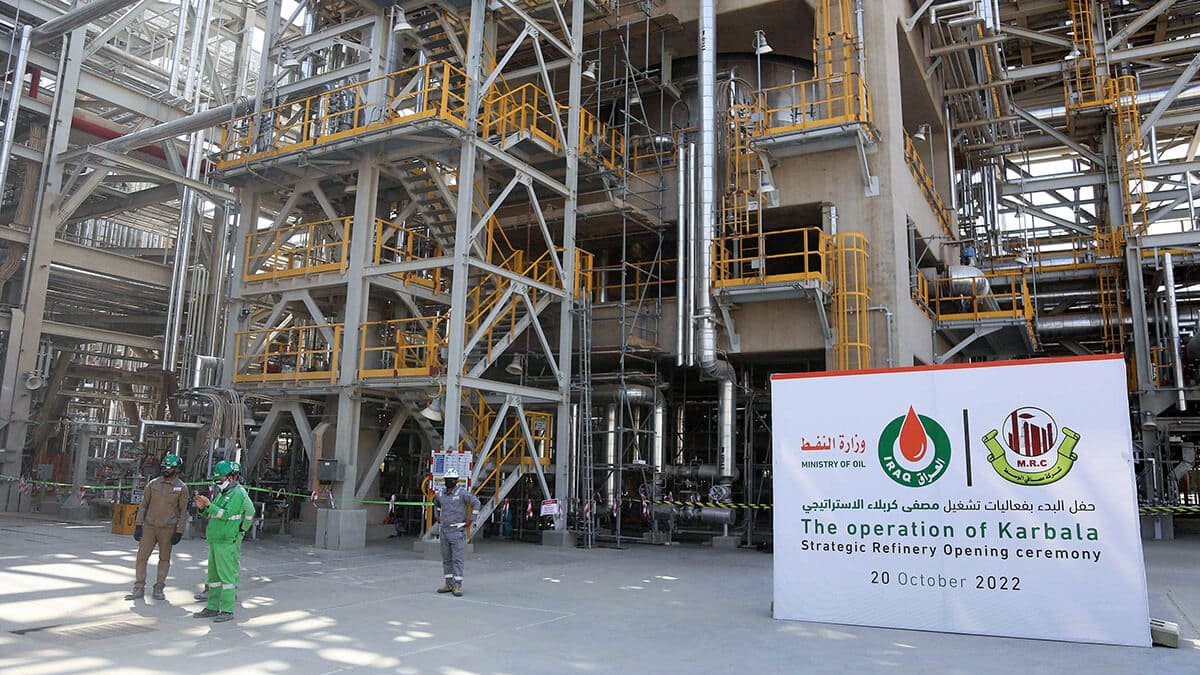
The success of this strategy in the Kurdistan region gave Russia the confidence to further oppose US intervention in the Middle East. The takeover of Iraq's largest oil discovery in two decades marks a significant shift in the power dynamics of global energy markets. In the Middle East, Western influence is waning as a new alliance led by Russia and China takes shape.
At an Iraqi Ministerial Conference, it was agreed that Iraq will fully support the implementation of all aspects of the 'Iraq-China Framework Agreement' by December 2021. The scope of this agreement is similar to the 'Comprehensive Cooperation Agreement', signed in 2019. A key part of both agreements is to grant China the right of first refusal on all proposed oil, gas and petrochemical projects in Iraq for the duration of the agreement and at least 30% of concession rights for all energy sources.
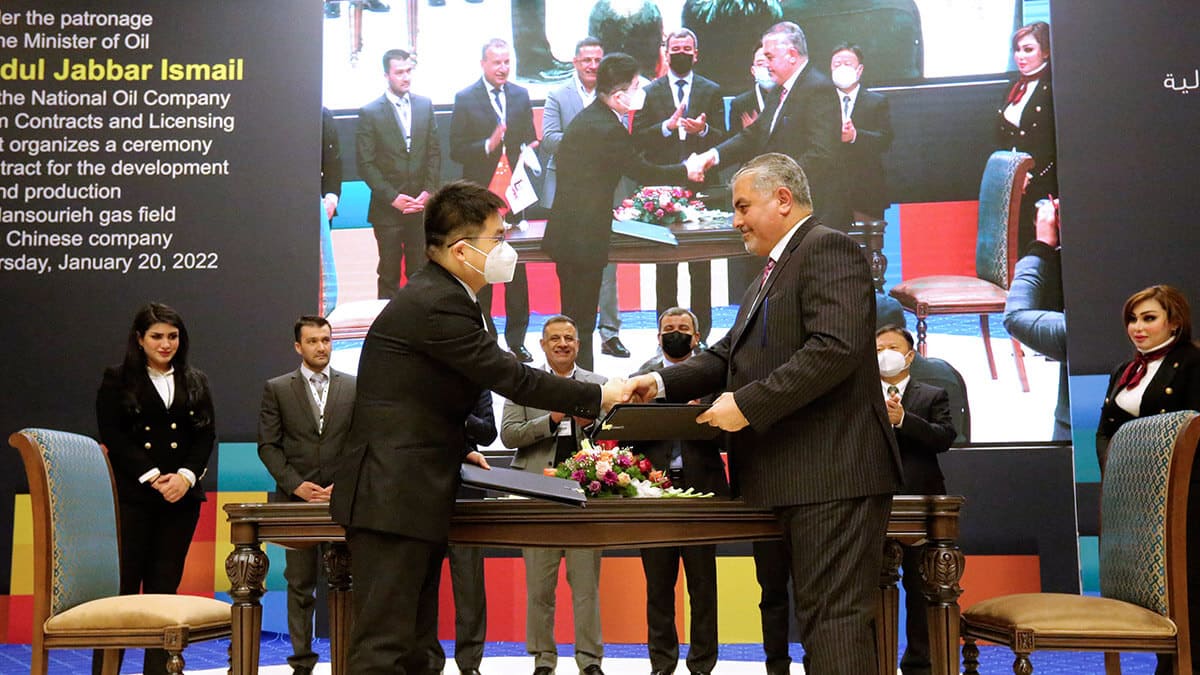
In return, Beijing will be in charge of the development and construction of factories and supporting infrastructure throughout the country. These include railways and other logistical and transport links operated by staff of Chinese companies based in Iraq, which are critical to the development of the Silk Road and Belt and Road.
Consistent with Russia and China's aims to keep the West out of Iraq's energy deals is the goal of bringing Baghdad closer to new Iranian-Saudi interests. That is why China will support development to complete Iraq's rail infrastructure and electrify the 900-kilometre rail network linking Tehran and the Iraqi city of Mashhad.
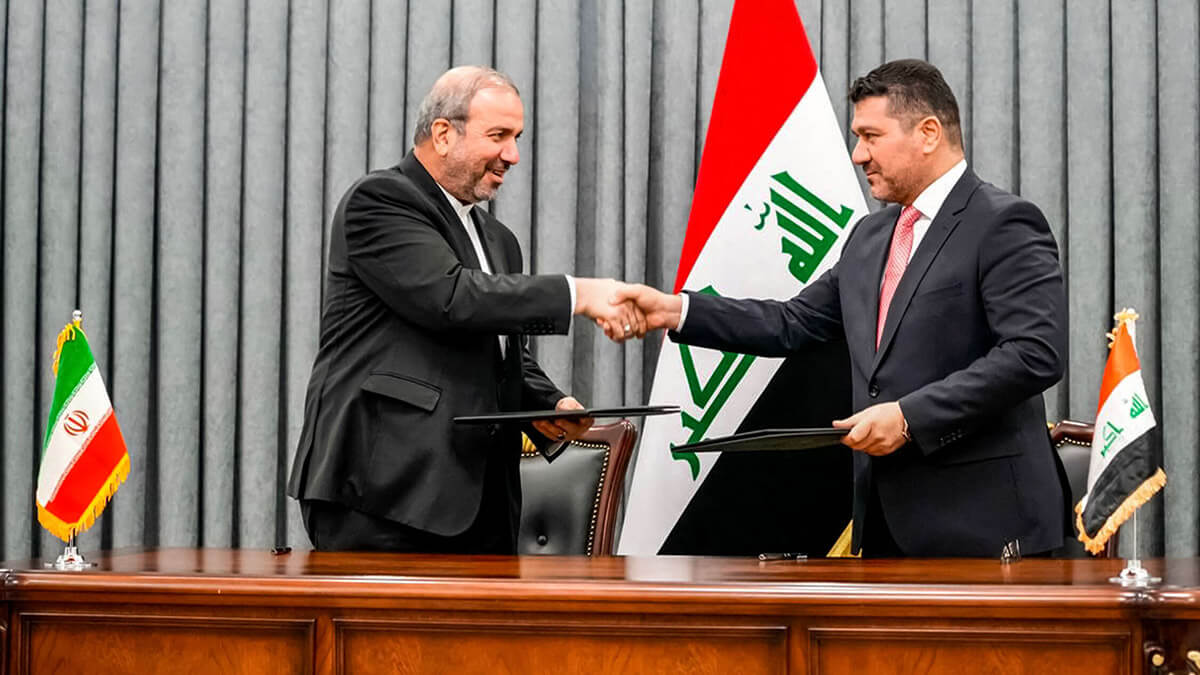
Plans also include the construction of a high-speed line between Tehran, Qom and Isfahan and the extension of this route northwest through Tabriz, linking many major oil, gas and petrochemical complexes, with the Tabriz-Ankara pipeline starting point being the new beginning of the 2,300 kilometres long, connecting Urumqi (the capital of Xinjiang) with Tehran and reaching Europe via Kazakhstan, Kyrgyzstan, Uzbekistan, Turkmenistan and Turkey.



